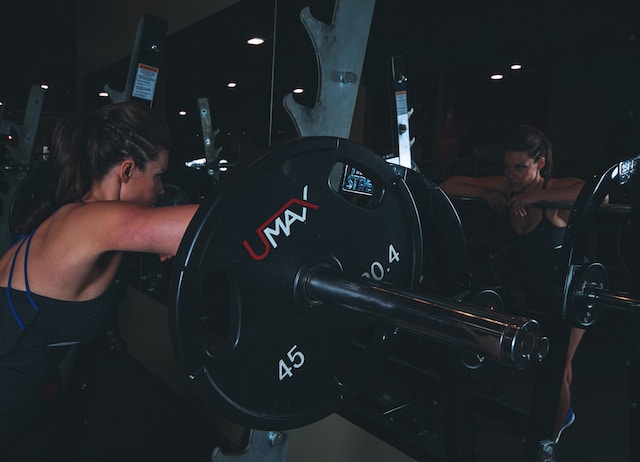Introduction: In today’s society, the income gap has become an alarming issue with far-reaching consequences. While its impact on economic inequality is widely discussed, a lesser-known consequence is its effect on physical activity levels. As the wealth disparity continues to widen, an increasing number of individuals from lower-income brackets find themselves at a disadvantage when it comes to maintaining an active lifestyle. This article delves into the intricate relationship between the income gap and physical activity levels, shedding light on the challenges faced by disadvantaged communities.
The Cost Barrier: One of the primary reasons for the discrepancy in physical activity levels is the cost associated with active lifestyles. Gym memberships, exercise classes, and recreational activities often come with a hefty price tag, making them unaffordable for individuals with lower incomes. While affluent communities have access to state-of-the-art fitness centers and personal trainers, those with limited financial means may be forced to forego exercise altogether. As a result, physical activity becomes a privilege rather than a basic human right, perpetuating the cycle of inequality.
Limited Access to Safe Spaces: Another detrimental consequence of the income gap is the limited access to safe spaces for physical activity in disadvantaged neighborhoods. Parks, sports facilities, and recreation centers are often scarce or poorly maintained in low-income areas. The lack of investment in infrastructure leaves residents with few options for engaging in outdoor activities. This dearth of safe spaces not only discourages physical activity but also contributes to the social isolation and mental health issues prevalent in these communities.
Time Constraints and Unstable Work Schedules: Individuals from lower-income backgrounds often face greater time constraints due to demanding work schedules and multiple jobs. Long working hours and irregular shifts leave little room for exercise and physical activity. The struggle to make ends meet leaves little energy or time for individuals to prioritize their health and well-being. Consequently, sedentary lifestyles become the norm, leading to a myriad of health problems down the line.
Educational Disparities: Education plays a crucial role in shaping an individual’s lifestyle choices. Unfortunately, the income gap also manifests itself in educational disparities, further perpetuating the cycle of inactivity. Schools in low-income areas often lack comprehensive physical education programs and extracurricular activities. Without proper guidance and exposure to various sports and activities, children from disadvantaged backgrounds are less likely to develop a lifelong habit of staying physically active.
Community Support and Social Capital: In affluent neighborhoods, a strong sense of community and social capital often fosters a culture of physical fitness. Fitness groups, sports clubs, and recreational events provide opportunities for individuals to engage in physical activity and lead healthier lives. However, in low-income communities, the lack of social cohesion and support networks hampers the formation of such initiatives. This absence of community-driven fitness opportunities further isolates individuals, exacerbating the impact of the income gap on physical activity levels.
Conclusion: The income gap’s impact on physical activity levels is an issue of social justice and public health concern. As the divide between the rich and poor continues to widen, we must recognize the urgent need for comprehensive solutions. Accessible and affordable fitness options, improved community infrastructure, educational reforms, and targeted support programs can help bridge the gap and ensure equal opportunities for all. By addressing the income gap and promoting inclusivity in physical activity, we can build healthier, more equitable societies that prioritize the well-being of every individual, regardless of their socioeconomic status.












